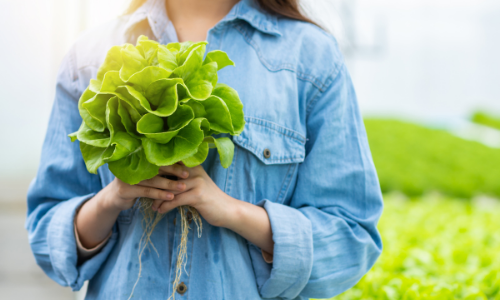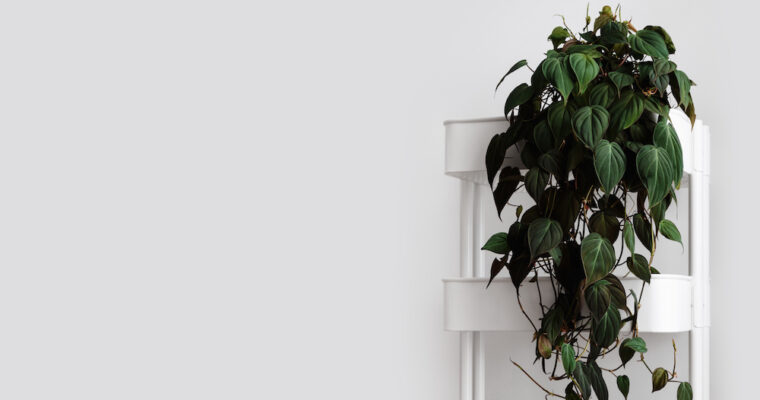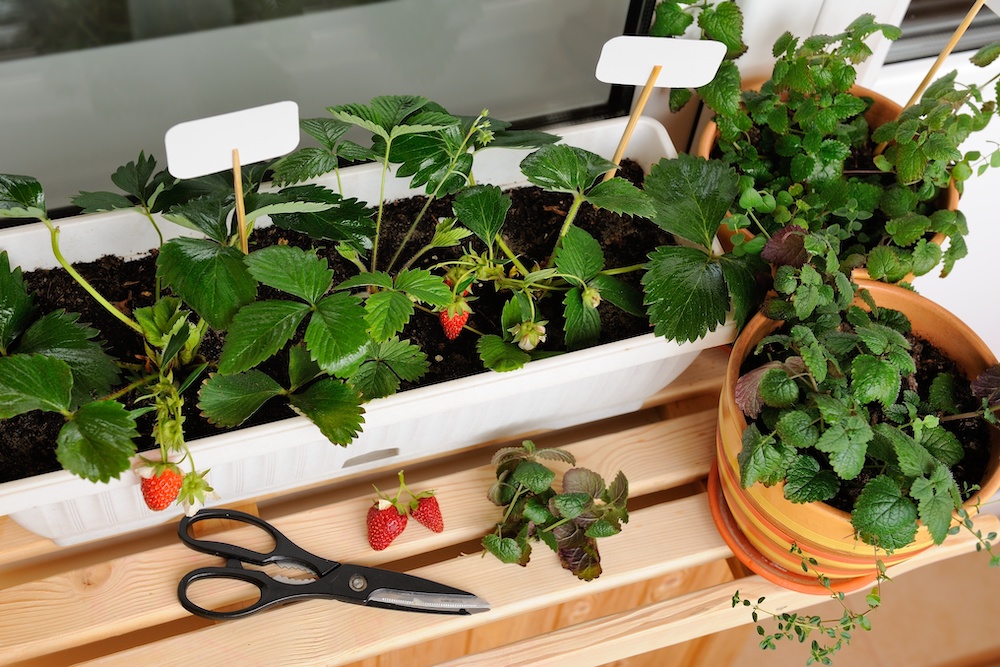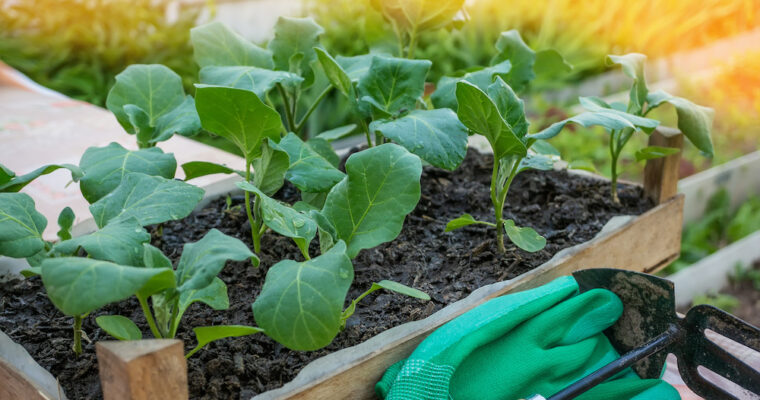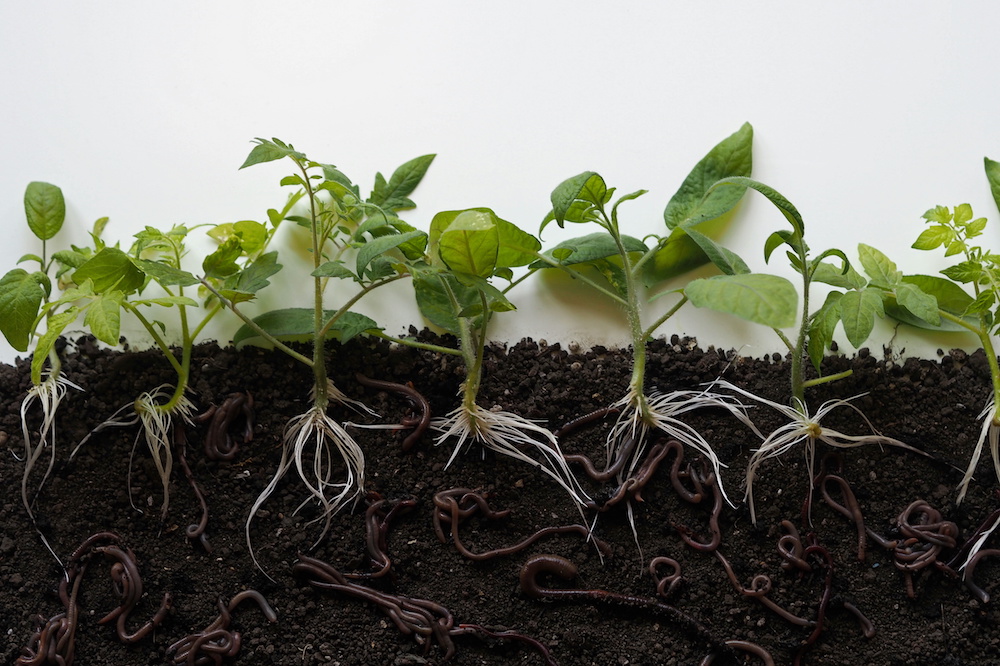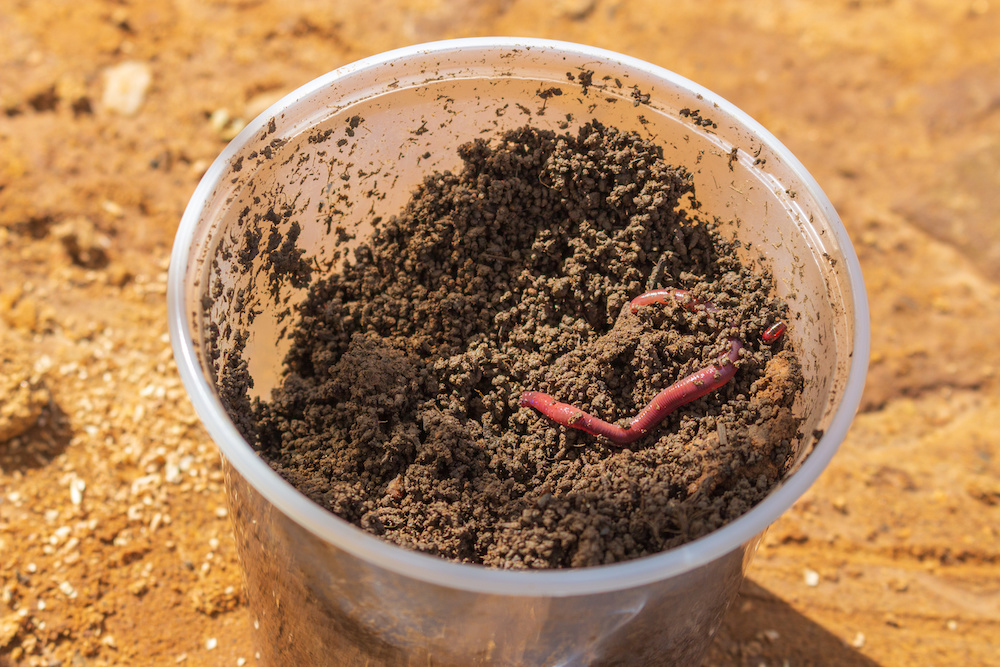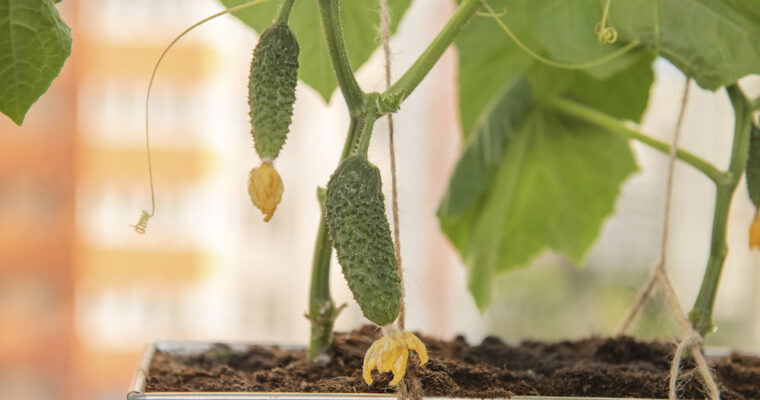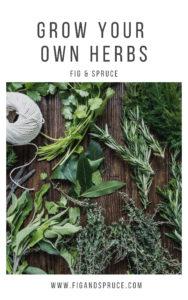The Best Plants for Hydroponics
Hydroponics is a smart farming technology that involves the growing of plants without soil. These plants are grown in an inert media where inert means that apart from supporting the roots the medium does not contribute in any way to the plant growth. Moreover, the…
